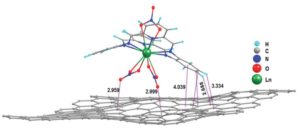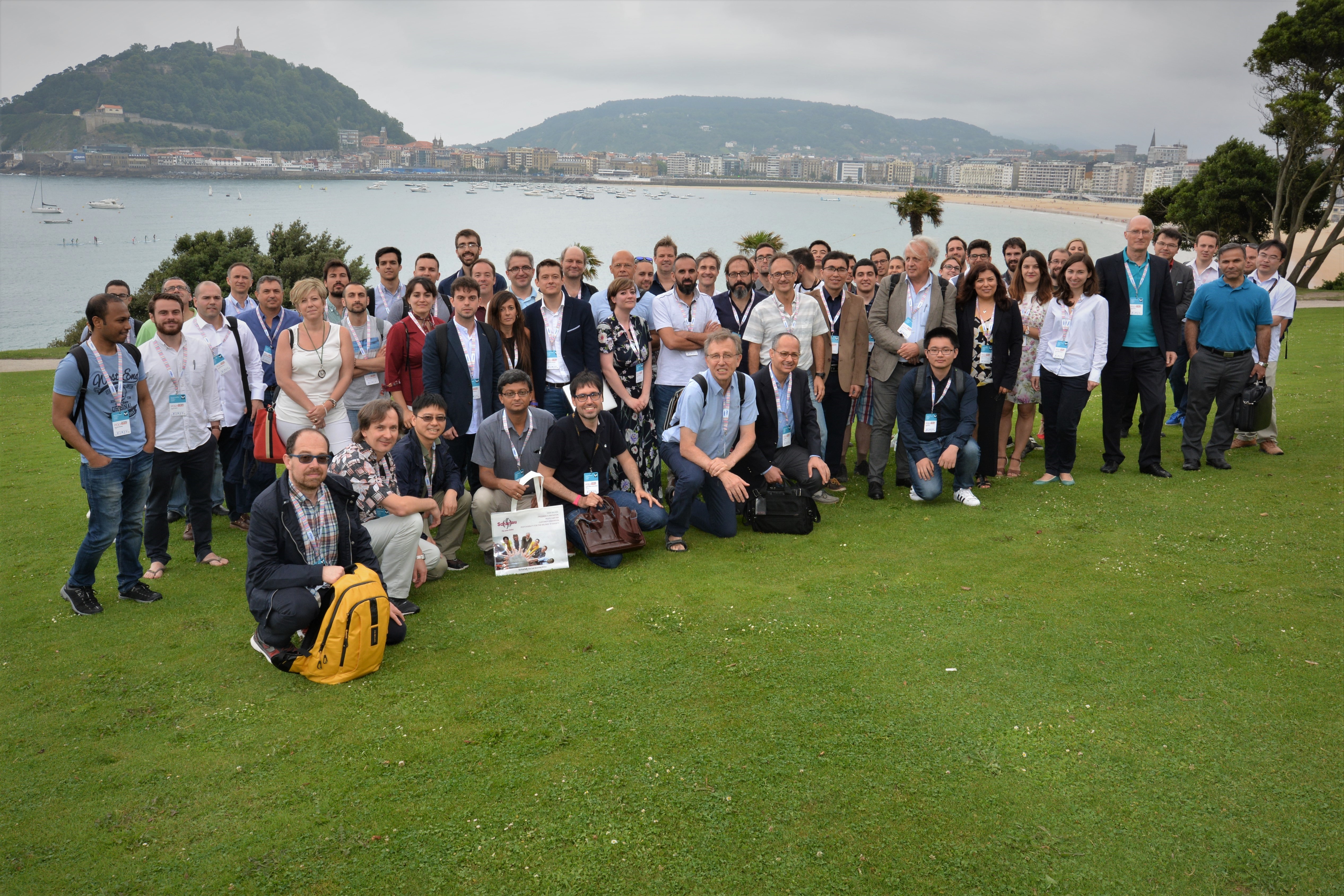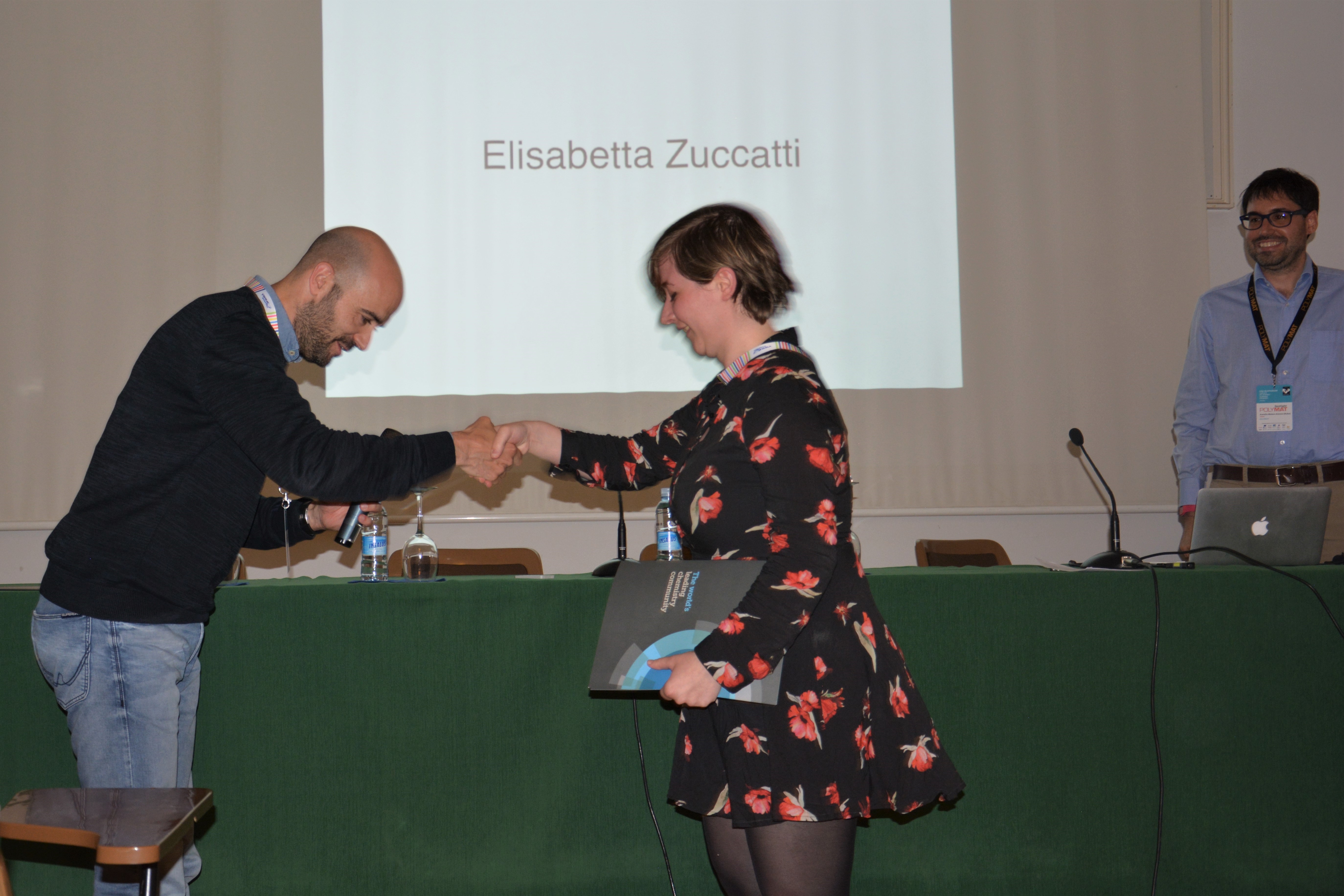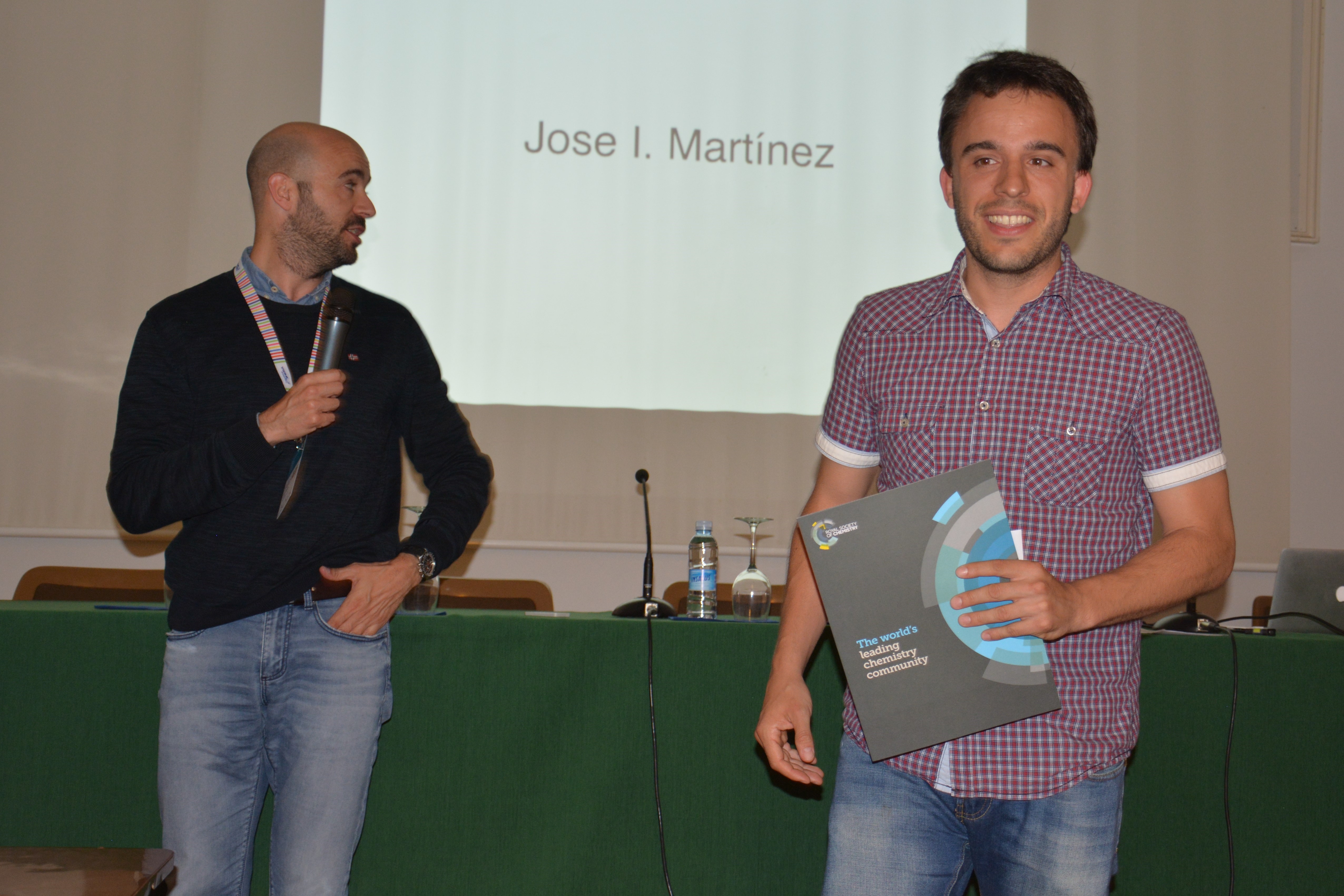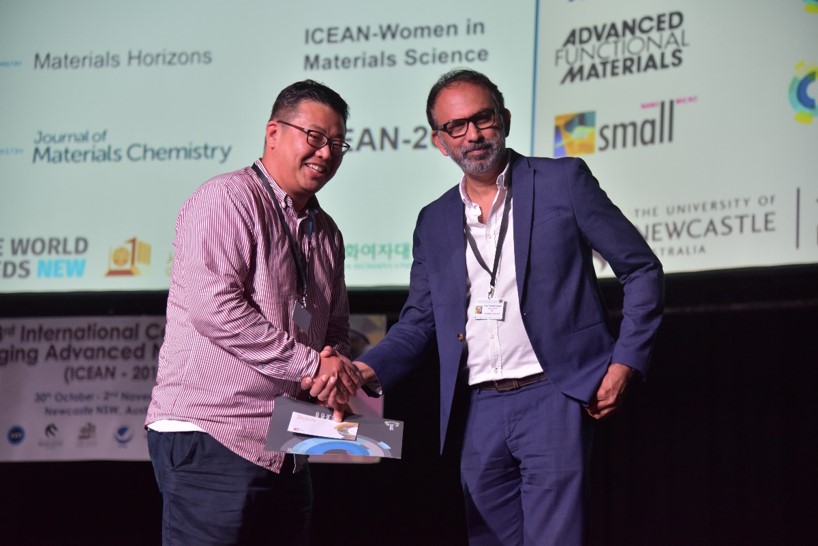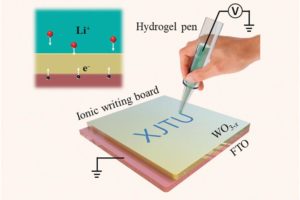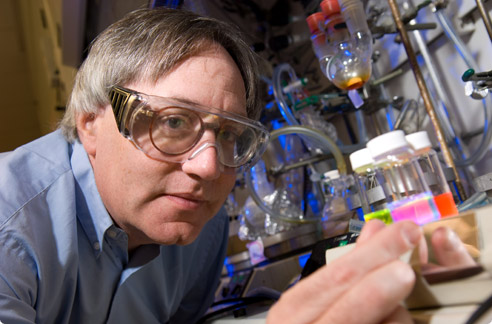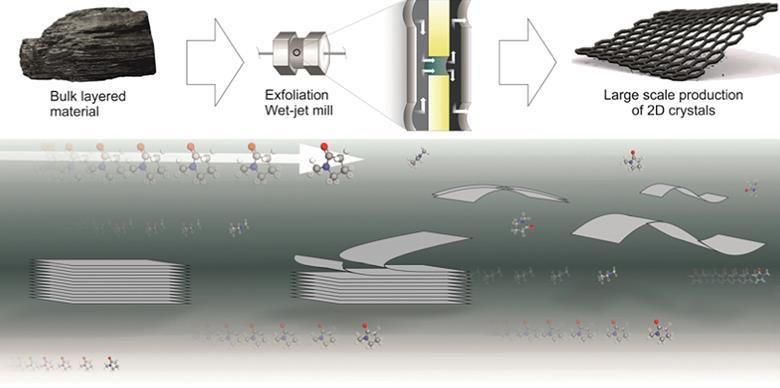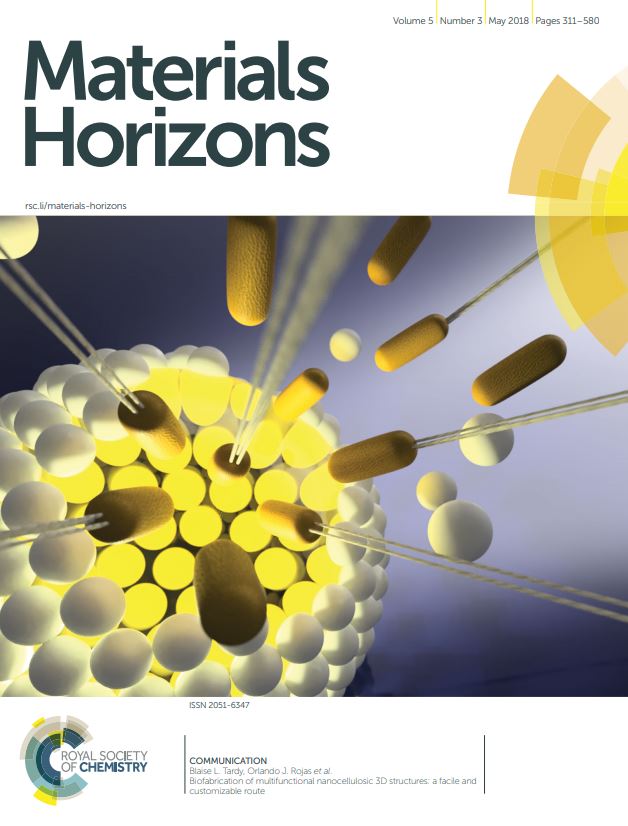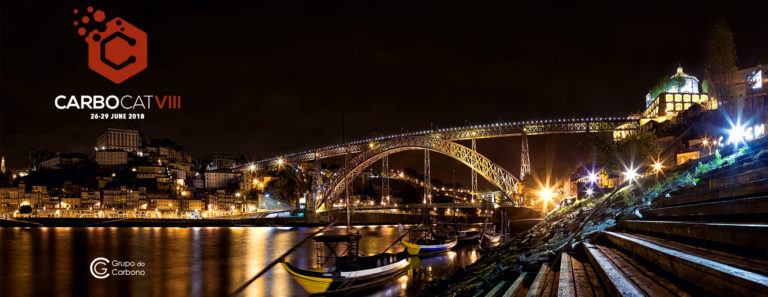We would like to highlight the Outstanding Reviewers for Materials Horizons in 2018, as selected by the editorial team, for their significant contribution to the journal. The reviewers have been chosen based on the number, timeliness and quality of the reports completed over the last 12 months.
We would like to say a big thank you to those individuals listed here as well as to all of the reviewers that have supported the journal. Each Outstanding Reviewer will receive a certificate to give recognition for their significant contribution.
Professor Antonio di Bartolomeo, Universita degli Studi di Salerno, ORCID: 0000-0002-3629-726X
Professor Dr Stefan Bon, University of Warwick, ORCID: 0000-0001-5156-3901
Professor Jonas Croissant, University of New Mexico, ORCID: 0000-0003-0489-9829
Professor Lorenzo Di Bari, Universita degli Studi di Pisa, ORCID: 0000-0003-2347-2150
Dr Shaolong Gong, Wuhan University, ORCID: 0000-0002-1166-9047
Professor Weida Hu, Shanghai Institute of Technical Physics, ORCID: 0000-0001-5278-8969
Dr Ville Jokinen, Aalto-yliopisto, ORCID: 0000-0001-6347-7461
Dr Dominik Konkolewicz, Miami University, ORCID: 0000-0002-3828-5481
Dr Igor Perepichka, Bangor University, ORCID: 0000-0001-6672-3103
Dr Michal Piasecki, Uniwersytet Humanistyczno-Przyrodniczy im Jana Dlugosza w Czestochowie, ORCID: 0000-0003-1040-8811
We would also like to thank the Materials Horizons board and the materials community for their continued support of the journal, as authors, reviewers and readers.
If you would like to become a reviewer for our journal, just email us with details of your research interests and an up-to-date CV or résumé. You can find more details in our author and reviewer resource centre











